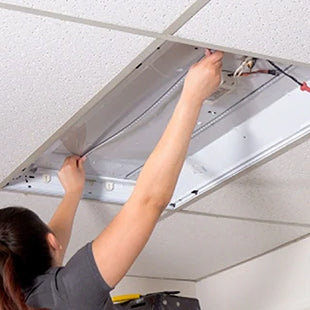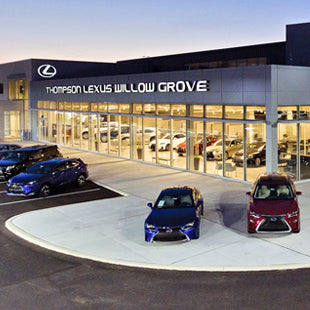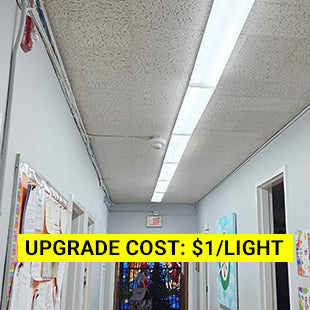If you're buying lights, you may have come across the words "color temperature" and not been quite sure what it means, or what the numbers you've seen that end in "K" (5000K, etc.) indicate.
Despite the use of the word "temperature"—and the fact that "color temperature" is measured in Kelvins, a unit of thermodynamic temperature—"color temperature" does not indicate how much heat an LED lamp will emit. Instead, it describes the color quality of the white light a lamp will put out. (Note that "color temperature" doesn't apply to colored light: red, blue, green, etc. Only white light.)
White light is often labeled "warm," "natural" (or "neutral"), "cool," or "daylight" (also called "cool"). Warmer whites have an amber quality to them; colder whites appear more bluish. Natural, or neutral, whites lean neither amber nor blue; they come across as "white." Cold white lights more closely mimic actual sunlight. This is why they're also referred to as "daylight" white.
So, sometimes when you see "color temperature" it references these labels—warm, cool, etc. Other times it may reference a specific number. What do the numbers mean, and how do they correlate to the labels?
Color Temperature By the Numbers
The labels give you a broad idea of the white quality, but a more precise assessment is in the Kelvins, the unit of measurement used for color temperature. You can recognize this number in lighting specs by the "K" at the end: 3500K, 4000K, etc. The lower the number, the warmer the light; the higher the number, the cooler the light.

A light with a color temperature of 2400K will appear to be a much warmer than a light rated at 6000K.
Natural or neutral white light falls between warm and cold, in the 3500K to 4400K range.
Using What You Know
We're used to the light that certain technologies put out, and this knowledge can be useful in choosing the color temperature of LED lighting.
Fluorescent lighting is known for its more business-like light; it's why we don't install fluorescent tubes in our living rooms, but they're well suited to offices, conference rooms, convenience stores, warehouses, workshops, and stairwells. To replicate fluorescent lighting with LED alternatives, such as T8 LED tube lights, use the neutral to cool portion of the color temperature range unless your application calls for extra bright light, in which case look to the daylight end of the spectrum.
HID (high-intensity discharge) lighting, such as mercury vapor, metal halide, and high-pressure sodium, has typically been in the higher end of the spectrum: bright, cold light well suited to manufacturing, laboratories, parking lots and street lighting, gymnasiums, security lights, and more. LED lighting in the daylight end of the spectrum will replicate these high-intensity lights well.
Incandescent bulbs originally produced a noticeably warm light (until technology improved in recent years and we saw the emergence of cool and daylight white). If you're trying to recreate the cozy, intimate feel of incandescent—in your hotel lobby, say, or sit-down restaurant—you'll want to stay at 3500K and under when purchasing LED replacements.
The ELEDLIGHTS.com Range
ELEDLIGHTS.com uses the following scale for its lighting:
Warm White: up to 3500K
Natural White: 3600K to 4400K
Cool White: 4500K to 5600K
Cold White: 5700K and up
We stock the most commonly used light temperatures for each light. For instance, since 8-foot tubes are typically used in high ceilings and large spaces, ELEDLIGHTS.com stocks 8ft LED tube lights in 6000K, which best matches most customer needs.
But if you need these tubes—or any other light we carry—in a color temperature not offered on our website, just get in touch with us!





